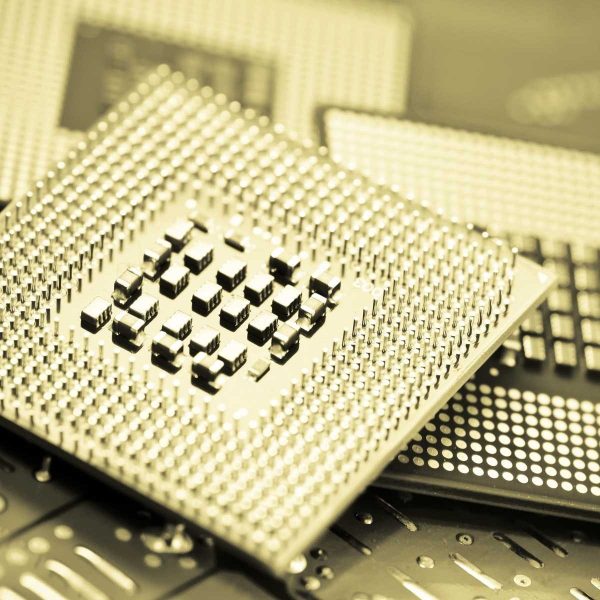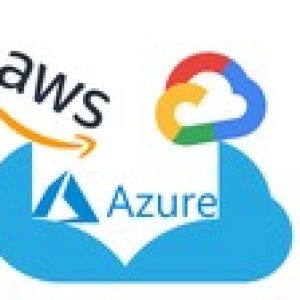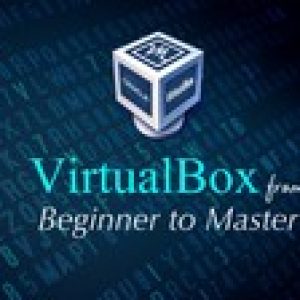
Developing FPGA-accelerated cloud applications with SDAccel: Theory
FREE
This course is for anyone passionate in learning how to develop FPGA–accelerated applications with SDAccel! We are entering in an era in which technology progress induces paradigm shifts in computing! As a tradeoff between the two extreme characteristics of GPP and ASIC, we can find a new concept, a new idea of computing… the reconfigurable computing, which has combined the advantages of both the previous worlds. Within this context, we can say that reconfigurable computing will widely, pervasively, and gradually impact human lives. Hence, it is time that we focus on how reconfigurable computing and reconfigurable system design techniques are to be utilised for building applications. One one hand reconfigurable computing can have better performance with respect to a software implementation but paying this in terms of time to implement. On the other hand a reconfigurable device can be used to design a system without requiring the same design time and complexity compared to a full custom solution but being beaten in terms of performance. Within this context, the Xilinx SDx tools, including the SDAccel environment, the SDSoC environment, and Vivado HLS, provide an out–of–the–box experience for system programmers looking to partition elements of a software application to run in an FPGA–based …
Instructor Details
Courses : 2
Specification: Developing FPGA-accelerated cloud applications with SDAccel: Theory
|
7 reviews for Developing FPGA-accelerated cloud applications with SDAccel: Theory
Add a review Cancel reply
This site uses Akismet to reduce spam. Learn how your comment data is processed.

| Price | Free |
|---|---|
| Provider | |
| Duration | 9 hours |
| Year | 2019 |
| Level | Intermediate |
| Language | English |
| Certificate | Yes |
| Quizzes | Yes |

FREE






Akhil K –
Good.
Sharath –
Industry standards are met, a good course to start from basic
Satheesh N P –
Great course
Avinash S P –
Nice one …
Ming M –
A very nice introduction course to give you a detailed look at how FPGA can be used to accelerate software applications.
Duchstf –
Good intro!
yusef i –
It was less about how to code more about theory and in this course they mainly talked about high level synthesis.